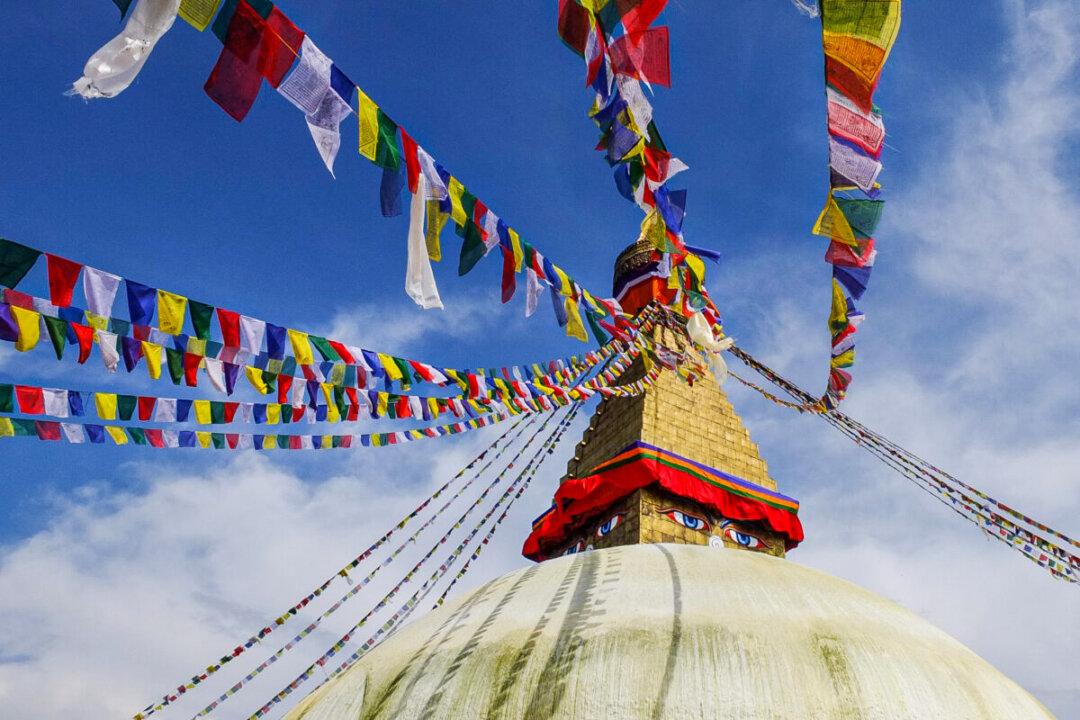Commentary
I currently reside in Nepal, a small, landlocked country. The home of Mount Everest, the world’s highest mountain peak, Nepal is known for exporting very little and importing quite a lot, with the people of Nepal relying heavily on tourism as a source of income.





